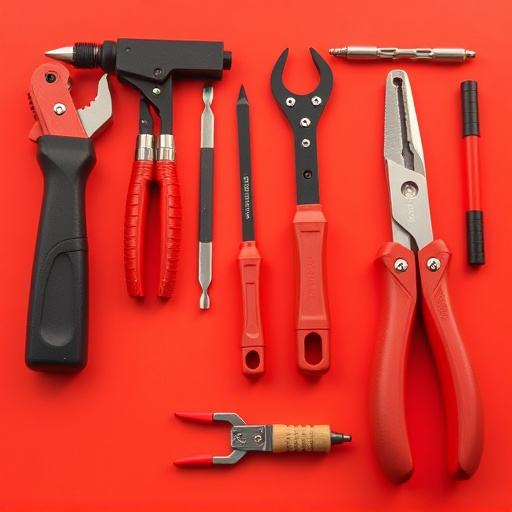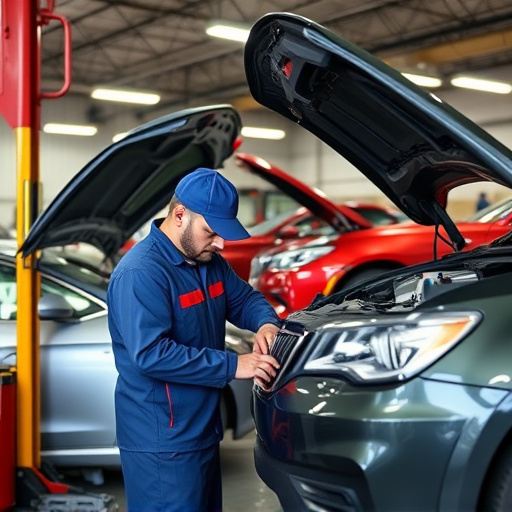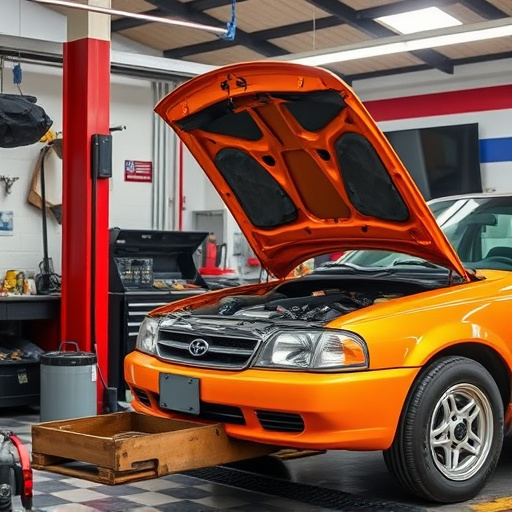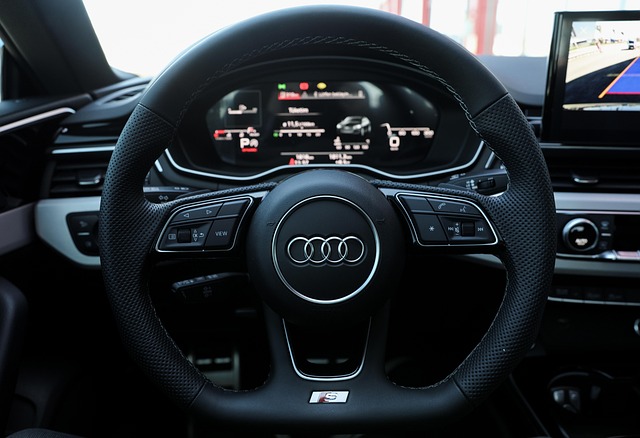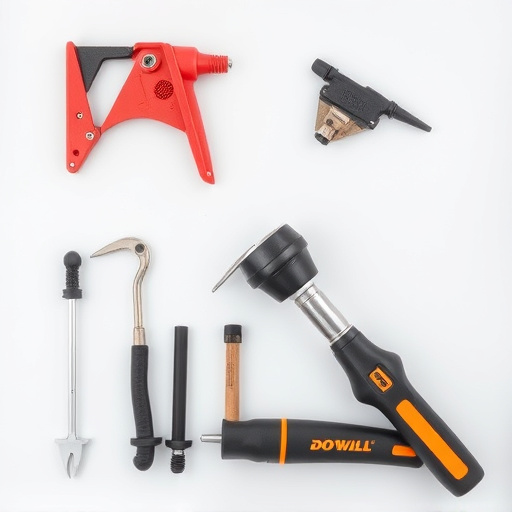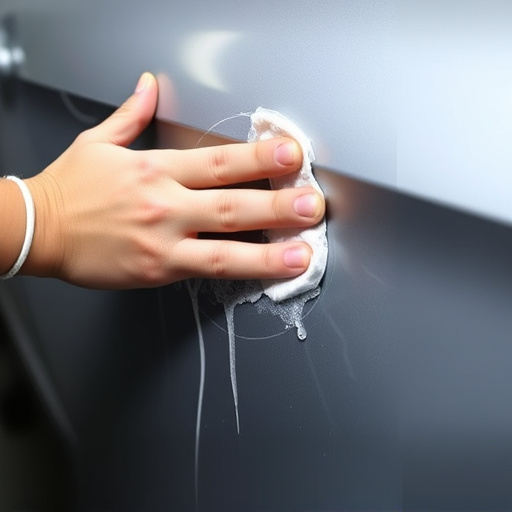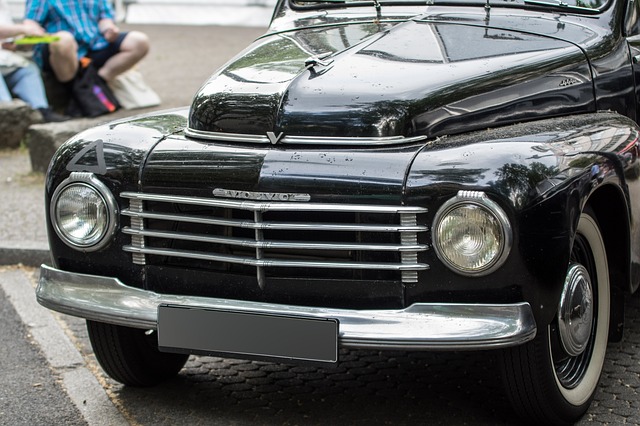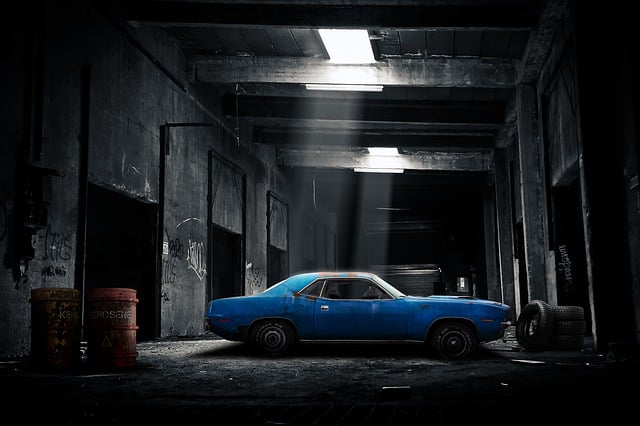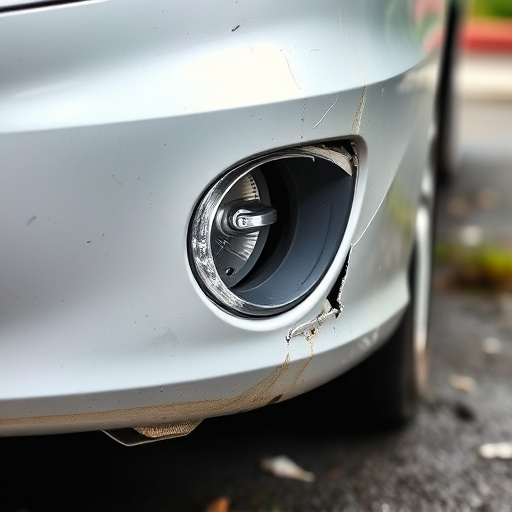Environmental conditions like heat, cold, humidity, and pressure impact vehicle cooling systems' performance and longevity, requiring tailored repair approaches for optimal functionality in modern and classic cars. Cooling system collision repair involves meticulous inspections, skilled repairs, upgrades to older systems, maintaining fluid levels, using high-quality coolants, and ensuring peak heat transfer performance to enhance post-collision reliability.
In today’s world, environmental factors play a significant role in various industries, including automotive collision repair. When it comes to cooling system collision repair, understanding the impact of environmental conditions is crucial for optimal performance and efficiency. This article delves into the intricate relationship between environmental variables and cooling systems, exploring common challenges faced by technicians and presenting effective strategies to mitigate these issues. By optimizing cooling system performance post-collision, professionals can ensure top-notch repairs and satisfied customers.
- Understanding Environmental Impact on Cooling Systems
- Common Environmental Challenges in Collision Repair
- Strategies to Mitigate and Optimize Cooling System Performance Post-Collision
Understanding Environmental Impact on Cooling Systems
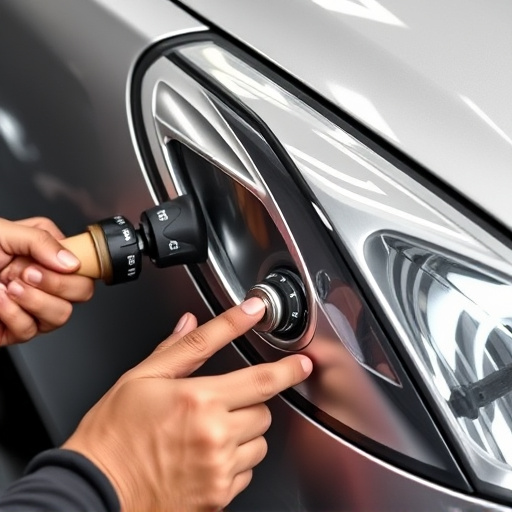
Environmental factors play a significant role in the performance and longevity of cooling systems in vehicle bodywork, especially during collision repair. The varying climates and atmospheric conditions can impact the efficiency of these systems, which are critical for maintaining optimal temperatures within classic car restorations or any modern vehicle. Understanding these impacts is essential for technicians involved in cooling system collision repair.
Different regions experience unique weather patterns, from extreme heat to cold snaps. High temperatures increase the strain on cooling systems, accelerating wear and tear. Conversely, cold environments can solidify engine oil, affecting the overall functionality of the cooling components. Humidity levels also matter; high moisture content in the air can lead to corrosion and rusting, particularly in metal parts. These environmental factors demand tailored approaches to ensure effective cooling system collision repair, catering to both modern vehicles and classic car restoration projects.
Common Environmental Challenges in Collision Repair
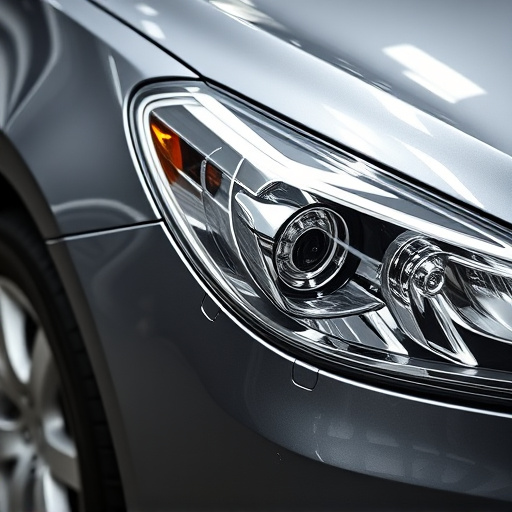
The environment plays a significant role in the efficiency and effectiveness of cooling system collision repair, presenting unique challenges for automotive technicians. One of the primary concerns is temperature regulation, as both extreme heat and cold can impact the performance and longevity of replacement parts. For instance, during hot summers, ensuring proper cooling system functionality becomes critical to prevent engine overheating, which can lead to costly repairs if left unattended. Conversely, cold weather conditions may cause fluid thickening, affecting the overall efficiency of the system.
Additionally, humidity and exposure to harsh weather elements contribute to corrosion and rust formation, especially in regions with high moisture content in the air. This not only affects the cooling system components but also extends to other repair areas such as fender repair, scratch repair, and vehicle paint repair, necessitating additional precautions to prevent further damage. These environmental challenges demand that collision repair specialists employ specialized techniques and materials to ensure optimal outcomes for all aspects of vehicle restoration, including efficient cooling system collision repair.
Strategies to Mitigate and Optimize Cooling System Performance Post-Collision
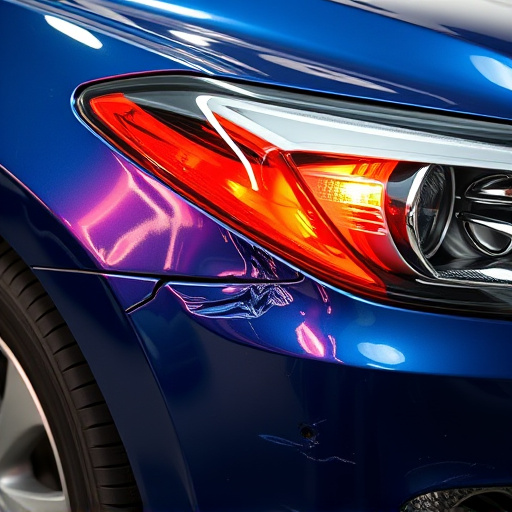
When a vehicle undergoes a collision, the cooling system often faces significant strain, leading to potential performance issues post-repair. To mitigate these challenges, auto repair shops employ several strategies. Firstly, thorough inspection is crucial to identify any damage or leaks within the system. Technicians skilled in car body repair and car paint repair ensure that the cooling components are not only functional but also seamlessly integrated into the restored vehicle’s structure.
One effective optimization technique involves upgrading older cooling systems with modern parts, enhancing overall efficiency. Additionally, maintaining optimal fluid levels and using high-quality coolants can prevent corrosion and improve heat transfer, thereby ensuring the system operates at peak performance. These measures not only extend the life of the cooling system but also contribute to a more reliable vehicle post-collision repair, focusing on both safety and sustainability in auto repair shop practices.
Environmental factors play a significant role in the performance and efficiency of cooling systems, especially during collision repair. By understanding how the surrounding conditions impact these systems, technicians can employ effective strategies to optimize their functionality post-collision. Through proper mitigation techniques, the industry can enhance the reliability and longevity of cooling systems, ensuring efficient vehicle operation in diverse environments. This holistic approach to cooling system collision repair not only benefits technicians but also contributes to a more sustainable automotive landscape.

